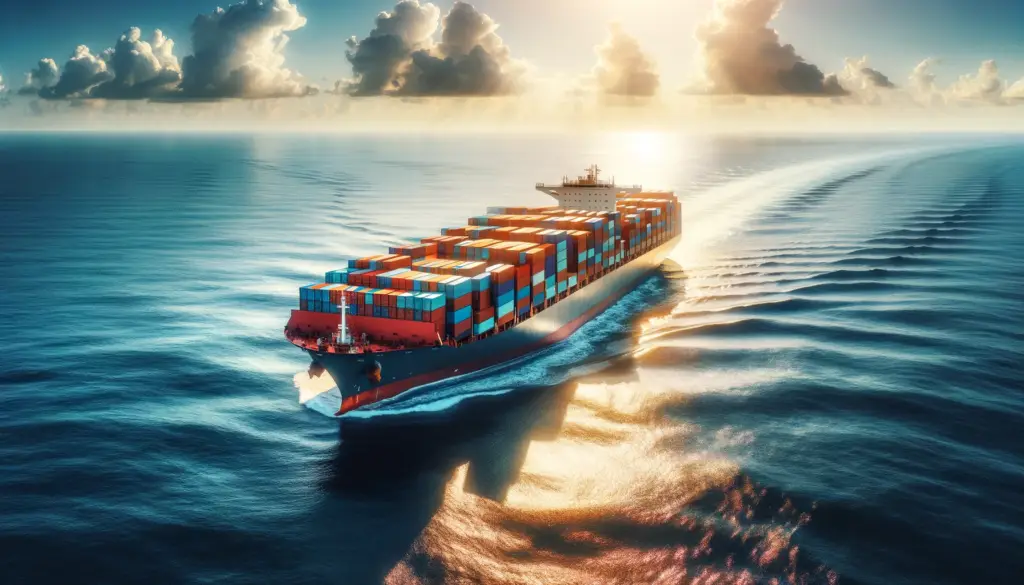Shipping Meat Processing Equipment from Guangzhou/Shenzhen to Napier Port, New Zealand: A Comprehensive Guide
Shipping Options: FCL vs. LCL
1. Full Container Load (FCL) Shipping For larger shipments, opting for a Full Container Load (FCL) is the most efficient and secure choice. This option involves booking an entire 20ft or 40ft container solely for the meat processing equipment, which can minimize the risk of damage during transit.
- 20FT Container: Ideal for smaller, compact shipments of meat processing equipment. A 20FT container typically accommodates equipment with a total volume of up to 28 cubic meters.
- 40FT Container: Suitable for larger or bulkier equipment, providing more space (up to 58 cubic meters) for a higher volume of goods.
FCL shipments are often preferred for high-value or sensitive machinery because they offer more control over handling and customs procedures. The cost is typically higher than LCL, but it provides dedicated space and a faster transit time.
2. Less Than Container Load (LCL) Shipping If the shipment volume is smaller or more cost-effective shipping is required, LCL is an alternative option. In this scenario, the meat processing equipment shares container space with other goods, which can lower the cost significantly.
- Transit Time: LCL shipments generally take a little longer to arrive due to the need for consolidation and deconsolidation at the ports. The typical sea voyage from China to Napier Port takes around 23 days, depending on the specific shipping route and any potential delays.
3. Shipping Route and Port-to-Port Delivery Both FCL and LCL shipments from Guangzhou or Shenzhen to Napier Port typically follow a similar route. The cargo will be transported via ocean freight to the main ports, where it will undergo customs clearance.
- Port of Loading: Guangzhou or Shenzhen port, which are major export hubs in southern China.
- Port of Destination: Napier Port, located on the eastern coast of New Zealand’s North Island, which handles a significant amount of freight, especially for agricultural and machinery equipment.

Shipping Terms: CIF (Cost, Insurance, and Freight)
When arranging the shipment, the CIF (Cost, Insurance, and Freight) shipping term is commonly used. This means that the seller (usually the manufacturer in China) is responsible for the costs of transporting the meat processing equipment to Napier Port, including freight charges and insurance coverage.
- Freight Charges: These are included in the CIF price and cover the sea transport of the equipment.
- Insurance: CIF also includes insurance against loss or damage during transit, offering peace of mind to the shipper and the consignee.
- Port-to-Port Delivery: Under CIF, the seller ensures delivery to the destination port (Napier Port), but it is the buyer’s responsibility to handle costs for customs clearance, duties, and delivery from the port to the final destination.

Packaging Considerations for Meat Processing Equipment
Packaging is a crucial part of the shipping process, especially for sensitive and high-value machinery such as meat processing equipment. Proper packaging ensures the equipment arrives in good condition and minimizes the risk of damage during transit.
1. Wooden Crates or Pallets
Meat processing equipment is usually heavy and sensitive to rough handling, so wooden crates or pallets are commonly used. The equipment is securely packed in crates designed to fit the shape and weight of the machinery. The crates should be treated with heat or fumigation (if required) to prevent pest contamination during international shipping.
2. Protective Wrapping and Cushioning
Each piece of machinery is wrapped in protective materials, such as bubble wrap or foam padding, to absorb any shocks or vibrations during transit. The goal is to prevent scratches, dents, or other physical damage that could compromise the integrity of the equipment.
3. Sealing and Weatherproofing
Considering the long ocean transit, it is important to protect the equipment from moisture and environmental damage. The crates or pallets should be sealed tightly, and a weatherproof tarpaulin or plastic shrink wrap may be applied to further protect the cargo from rain or humidity.
4. Labeling and Documentation
Proper labeling is essential for the smooth handling and identification of the equipment during customs clearance and unloading. Each package should be clearly marked with the consignee’s details, the destination port (Napier), and any handling instructions. Additionally, the shipping documentation, including the bill of lading and packing list, must accompany the shipment.



